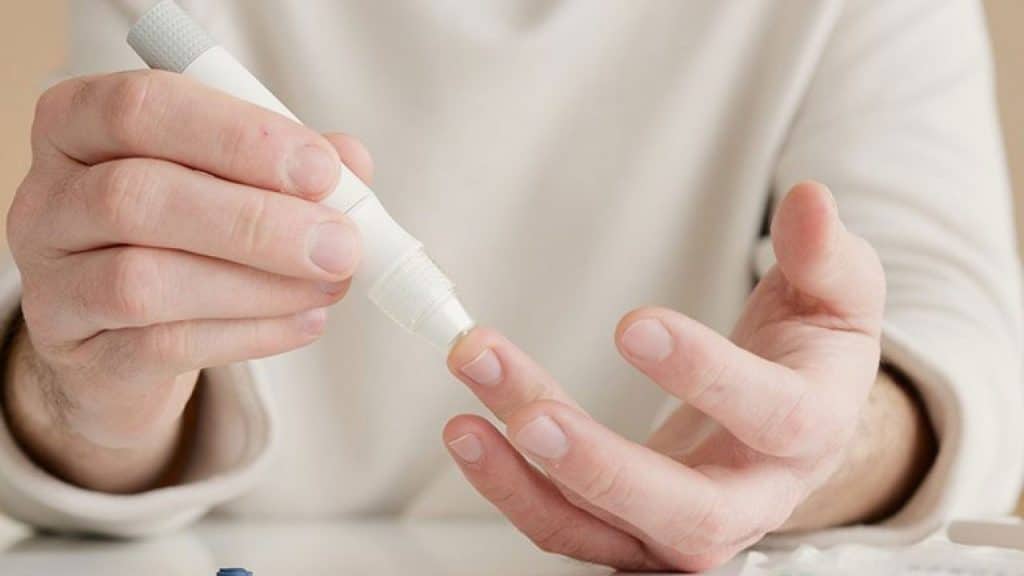Nicotinamide adenine dinucleotide doesn’t exactly roll off the tongue, and even when it’s shortened to NAD, it isn’t exactly the most well-known molecule. That’s unless you take an interest in drug development, in which case it’s an exciting and growing area of research. Of course, if NAD is that important, you probably want to know about your own NAD levels. You have a couple of options if you want to measure them (https://longevity.technology/lifestyle/jinifiniti-testing-your-nad-levels-at-home-and-beyond/).
One company alone is responsible for two different ways to assess our NAD levels. Jininfiniti started with a serum-based test that involved taking a sample of blood from your arm, then making sure it reached the lab within 48 hours. That allowed for the measurement of your circulating NAD. Of course, that’s not the most convenient way to do things. It doesn’t give you a rapid response and there’s a risk you won’t even get to the lab in time.
That’s why Jininfiniti developed a second NAD test, this time an intercellular version. The serum-based test is time-limited because NAD deteriorates quickly when kept at room temperature. The process involved in the intercellular test extends the life of NAD so it can be kept for weeks and shipped to the US from anywhere in the world (assuming mailing biological samples is legal in that jurisdiction).
You can use any type of cell for the intercellular test, but the easiest option is probably blood. The kit includes a finger stick to take the sample and a specimen card to collect just a few spots of dried blood on a piece of filter paper. It’s like the kind of testing done on newborns to screen them for various conditions.
The reason NAD is so important is because of its role in our metabolism. We need mitochondria to turn the oxygen and food we absorb into energy, and we need NAD to ensure the mitochondria works properly. NAD also has work to do maintaining and repairing DNA, in addition to influencing the health of everything from organs to neurology.
NAD levels tend to decline as you age, especially if you overdo food and alcohol, don’t exercise enough, or fail to get a proper night’s sleep. You can improve your NAD levels with lifestyle changes, but first you need to know where your current NAD levels stand. An at-home test is a good start.




